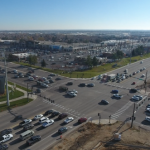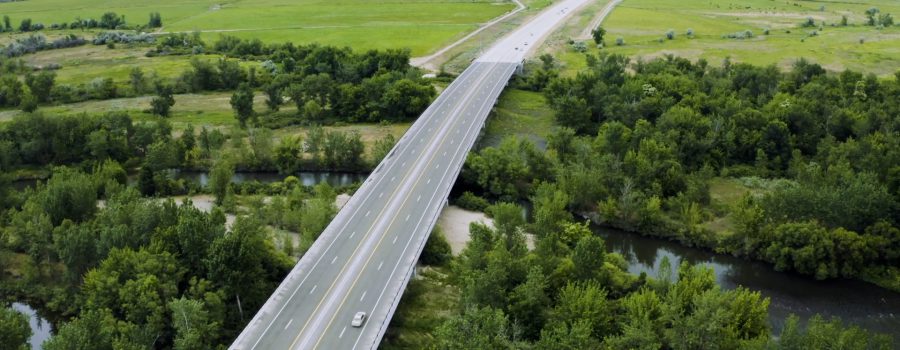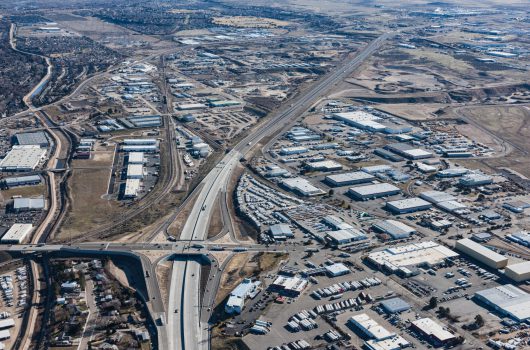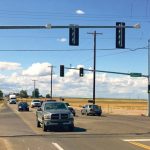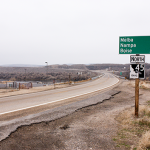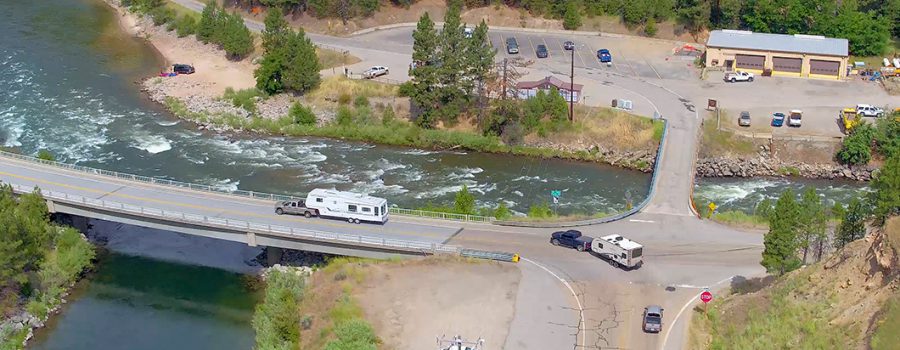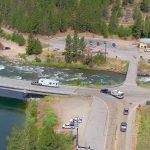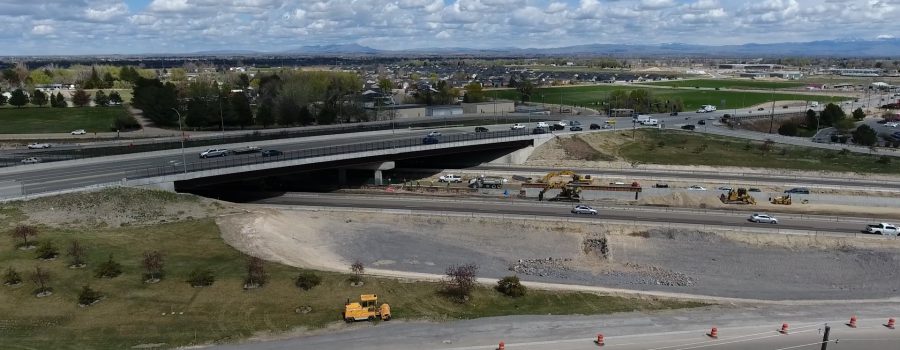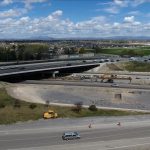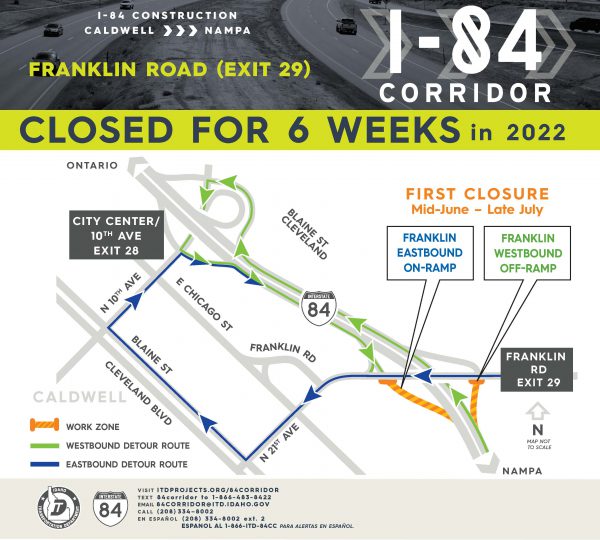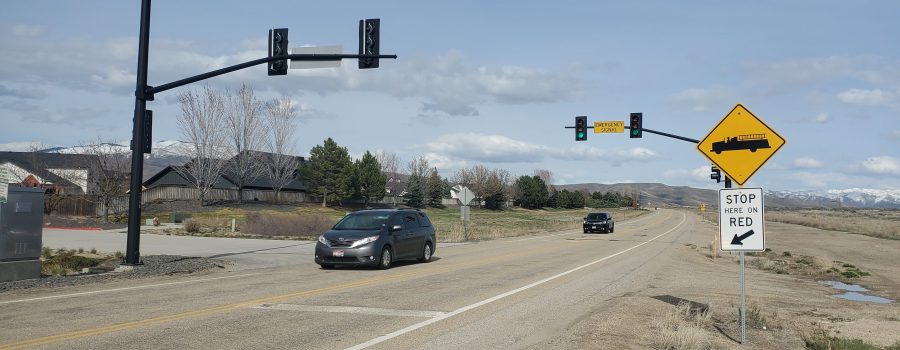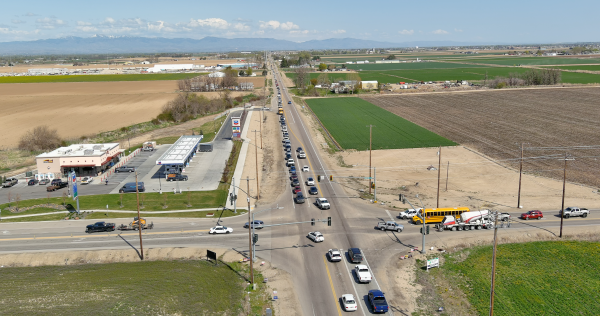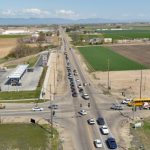Work begins to repave State Highway 55 in Valley County

Monday, September 12, the Idaho Transportation Department (ITD) begins work to repave State Highway 55 between Round Valley Road and Clear Creek in Valley County.
The project will focus on repaving a six-mile stretch of highway south of Cascade, repairing cracks, potholes, and overall uneven surfaces caused by weather, usage, and age. Additionally, construction will level out steep approaches and add a pavement apron to all roads and driveways connecting to the highway, providing a smooth and safe transition onto the newly paved surface.
Travelers should expect delays of up to 20 minutes while crews work Monday through Friday, although wait times may vary depending on traffic density. Temporary traffic signals will allow one lane to drive through the work zone at a time. Both lanes of SH-55 will be open during the weekend. Weather permitting, the project is expected to finish in late October.
“SH-55 is one of the most iconic highways in the state, with some of the best recreational opportunities Idaho has to offer,” said Greer Gardner, project engineer. “The winter snow this area is so popular for can cause wear on a highway. This maintenance will help improve safety and driving comfort for both Valley County residents and travelers.”
To learn more about the SH-55 Clear Creek project and sign up for email updates, visit itdprojects.org/sh55clearcreek.
ITD and the Idaho State Police advise motorists to slow down and pay attention when driving in work zones, where increased speeding fines and other penalties apply. Motorists are encouraged to plan ahead and visit 511.idaho.gov for information on the state highway or interstate system.



